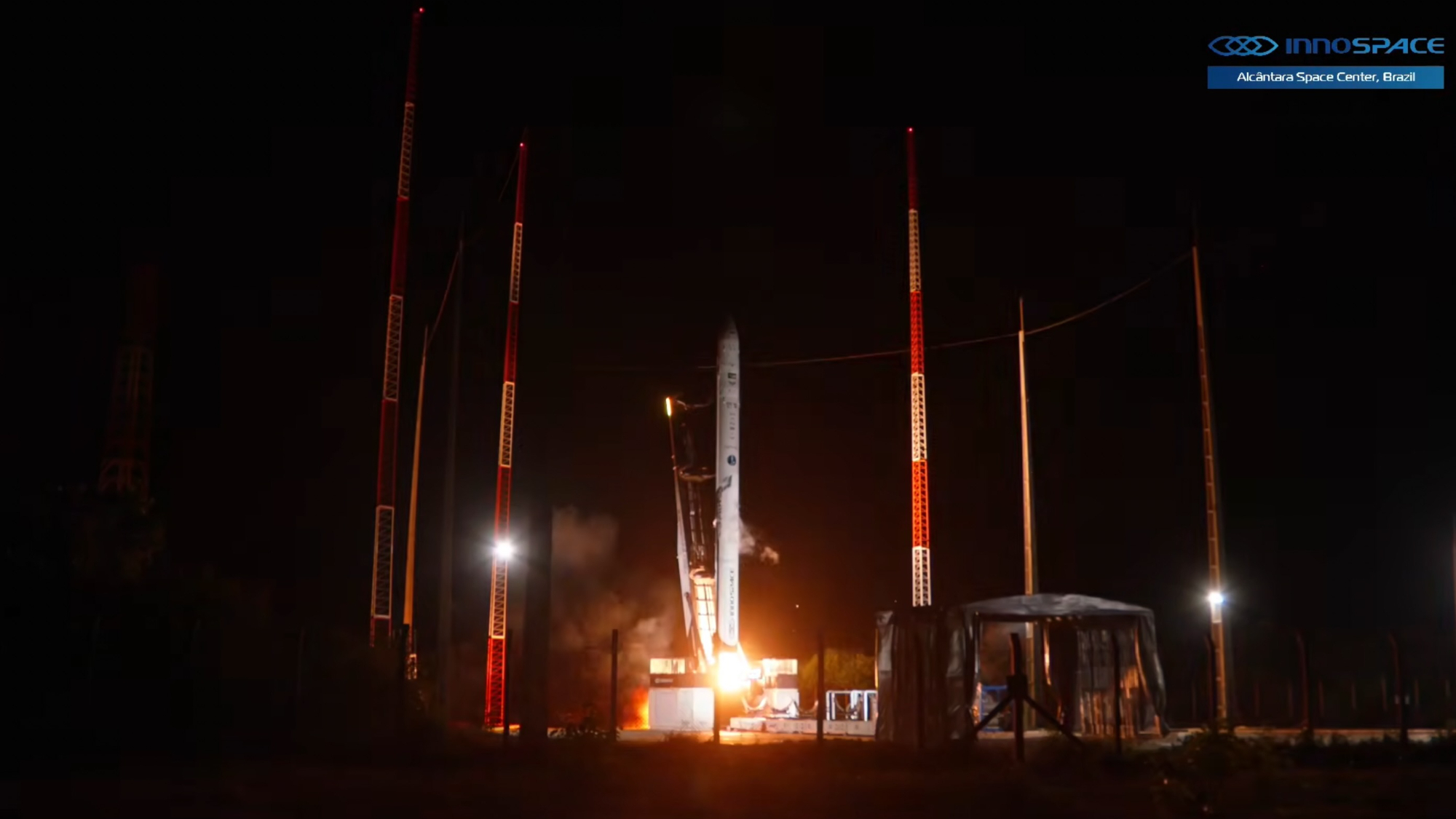NASA Issues New Centennial Challenges To Spur Suborbital Rocketry
LAS CRUCES, New Mexico - NASA unveiled today two new Centennial Challenges--both geared to stimulating new reusable suborbital rocketry, as well as help hone technology for exploration of the Moon.
The prizes represent collaboration between NASA and the X Prize Foundation, announced here during Countdown to the X Prize festivities.
NASA's Centennial Challenges were established to conduct prize competitions in support of the Vision for Space Exploration and ongoing NASA programs. The idea is to crate novel and lower-cost solutions to engineering obstacles in civil space and aeronautics from new sources of innovation in industry, academia, and the public.
Signing ceremony
"Today we are signing a letter formalizing the intent of NASA Centennial Challenges and the X Prize Foundation to work towards a future agreement for two X Prize Competitions," said NASA's Brant Sponberg, Program Manager of Centennial Challenges at NASA Headquarters in Washington, D.C.
To date, the Centennial Challenges have offered prize money for various topics, from materials and power systems to astronaut glove technology, as well as new and better ways to use resources on the Moon, Sponberg said.
There is a difference in the newly announced NASA prizes.
Breaking space news, the latest updates on rocket launches, skywatching events and more!
"All of NASA's prizes to date are for one-quarter million dollars or less. We expect these two challenges to be considerably larger," Sponberg explained, although he did not specify the dollar-value of the new prizes.
Exact rules and details of each competition will also be announced at a later date.
Two new challenges
The two new NASA Centennial Challenges and their tentative names are:
- Suborbital Payload Challenge: Reusable suborbital rocket launch with a certain size payload able to reach a certain altitude. The X prize was to 100 kilometers but NASA wants these new suborbital rockets to go much higher. If they can reach certain altitudes scientists at NASA would be interested in flying instruments and experiments on these vehicles.
- Suborbital Lunar Landing Analog Challenge: NASA's on the lookout for a reusable suborbital rocket that takes off and lands vertically and reaches a certain speed during flight. Those parameters would demonstrate the basic capabilities and rocket energies necessary to land and launch from the Moon. NASA hopes to broaden the number of engines, landing systems, and suppliers the space agency needs to return to the Moon.
In jointly moving forward on the new prizes, Peter Diamandis, Founder and Chairman of the X Prize Foundation said: It's our goal that these and other prizes create each year here in New Mexico a multi-million dollar cash purse...that will attract teams from around the world and move us faster, higher, and more safely into space."
Also joining in on today's announcement was Astronaut Steve Robinson who flew aboard Discovery on the recent return-to-flight mission.
"There's excitement in the air," Robinson said. "All these folks with so many ideas...this is way the future is," he said.

Leonard David is an award-winning space journalist who has been reporting on space activities for more than 50 years. Currently writing as Space.com's Space Insider Columnist among his other projects, Leonard has authored numerous books on space exploration, Mars missions and more, with his latest being "Moon Rush: The New Space Race" published in 2019 by National Geographic. He also wrote "Mars: Our Future on the Red Planet" released in 2016 by National Geographic. Leonard has served as a correspondent for SpaceNews, Scientific American and Aerospace America for the AIAA. He has received many awards, including the first Ordway Award for Sustained Excellence in Spaceflight History in 2015 at the AAS Wernher von Braun Memorial Symposium. You can find out Leonard's latest project at his website and on Twitter.
